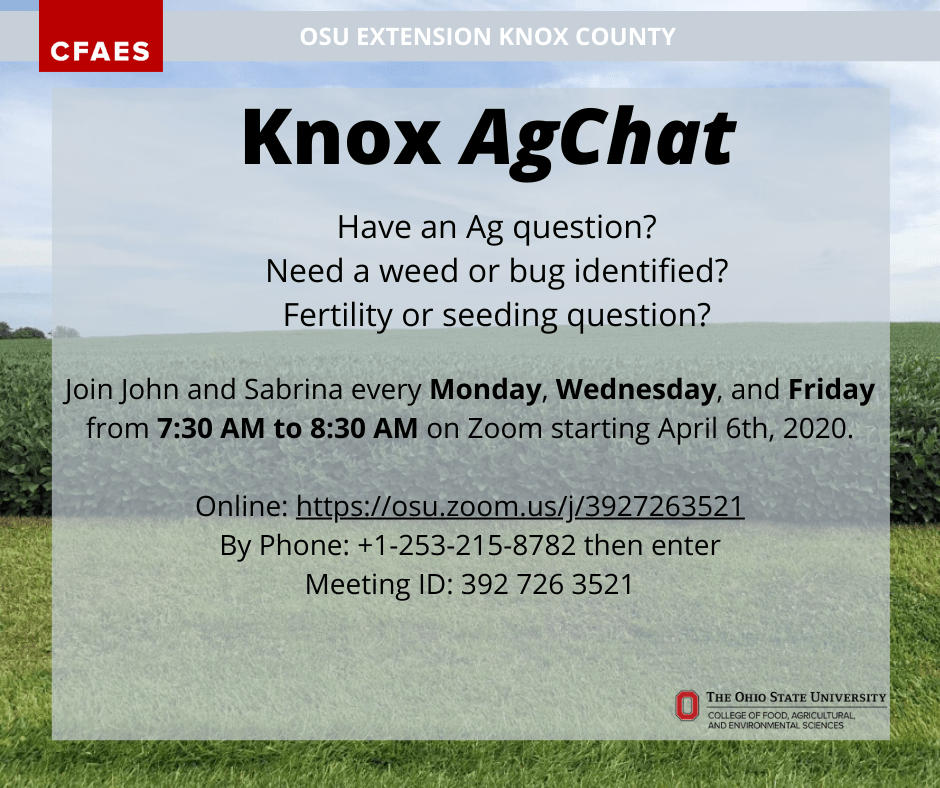Source: Aaron Wilson, Greg LaBarge, Elizabeth Hawkins, Sam Custer
 We are once again providing a soil temperature overview in the C.O.R.N. Newsletter through April-May 2020. The College of Food, Agricultural, and Environmental Sciences (CFAES) Agricultural Research Stations located throughout the state have two- and four-inch soil temperatures monitored on an hourly basis. Our Western site in Clark County is not available this year. Therefore, we are supplementing data from western Ohio with data from Darke and Greene Counties. These sites (noted by an asterisk on Figure 1) report minimum (morning) soil temperatures. The other sites are reported on Figure 1 as a daily average.
We are once again providing a soil temperature overview in the C.O.R.N. Newsletter through April-May 2020. The College of Food, Agricultural, and Environmental Sciences (CFAES) Agricultural Research Stations located throughout the state have two- and four-inch soil temperatures monitored on an hourly basis. Our Western site in Clark County is not available this year. Therefore, we are supplementing data from western Ohio with data from Darke and Greene Counties. These sites (noted by an asterisk on Figure 1) report minimum (morning) soil temperatures. The other sites are reported on Figure 1 as a daily average.
Our growing season follows a warmer than average winter. Winter (December 2019 – February 2020) air temperatures averaged 2-8°F above average compared to the climatological normal (1981-2010). This warmth continued throughout March as well, with temperatures 4-8°F (west to east) above average. As a result, soil temperatures are about 10°F warmer than the same date in April 2019.
Figure 1 shows that two- and four-inch soil temperatures at North Central, Wooster, and Piketon cooled a bit at the end of March and beginning of April, but all stations show conditions have since turned around with progressively warmer weather this week. Our northern stations (Versailles, North Central, and Wooster) show soil temperatures generally in the upper 40s-low 50s °F while our southern stations (Xenia and Piketon) report soil temperatures in the low to mid 50s °F. Soil temperature may warm slightly early this week before cooler weather late this week and next week likely slows warmth.

CFAES Near-surface Air and Soil Temperatures Continue reading CFAES Ag Weather System Near-Surface Air and Soil Temperatures/Moisture







